The ruins of Petra, Pompeii and Machu Picchu are famous worldwide and for good reason.
As well as being amazing to look at, these highly recognisable archaeological sites have given us valuable insights into the lives of people who lived hundreds of years ago.
But theyāre not the only ruins around! The cities of Hegra, Herculaneum and Ollantaytambo might not be as well-known as their famous neighbours, but theyāre still wonders to behold.
Join “óĻó“«Ć½ Bitesize as we explore these less high-profile but equally impressive historical sites.
Hegra, Saudi Arabia
If youāve ever watched Indiana Jones and the Last Crusade, youāll be familiar with the ruins of Petra, the capital city of the ancient Nabatean Kingdom, located in present day Jordan. Huge temples and tombs are carved directly into the face of the sandstone rocks and can be accessed by navigating the narrow Al Siq canyon.
Travel around 300 miles (500km) further south however, into what is now northwest Saudi Arabia, and you will eventually reach the Nabateanās second-largest city, Hegra, also known as MadÄ Ķ in į¹¢Äliįø„ or al-Hijr. A key stop on the international trade route which ran between the Mediterranean and the southern Arabian Peninsula, the Nabateans were able to extract taxes from the caravans passing through. Spice and incense formed a large part of the cargo, including frankincense and myrrh. The wealthy Nabateans were able to thrive in this hostile desert landscape due to their complex water systems, of which 130 wells survive today.
What remains of Hegra is primarily sculpted sandstone tombs, over 100 of them. Well-preserved by the dry and arid climate, they are thought to date between the 1st Century BC and the 1st Century AD. For some tombs, archaeologists can be more precise as dates feature on their entrances. Some of the details carved into these structures include eagles, sphinxes, snakes and various mythological creatures.
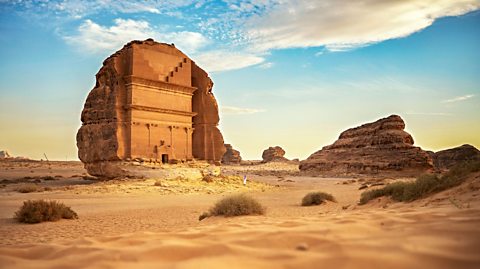
The largest and most famous of the tombs is Qasr al Farid, or āthe Lonely Castleā. It was the tomb of Lihyan, son of Kuza. Standing alone, some distance from any other monument, it reaches 22 metres (72 feet) high and its design appears to have been influenced by Greco-Roman architecture.
Much of what we know about the Nabateans comes from the writings of Greeks and Romans who visited the kingdom, as the Nabateans themselves appear to have written very little down. What historians do have though, is the inscriptions carved into the faces of the tombs in a form of the Aramaic language. These have provided us with some of the names (including women), occupations, relationships and other personal details of those who lived in this once vibrant city.
Hegra had the honour of being the first place in Saudi Arabia to be added to the UNESCO World Heritage list in 2008.
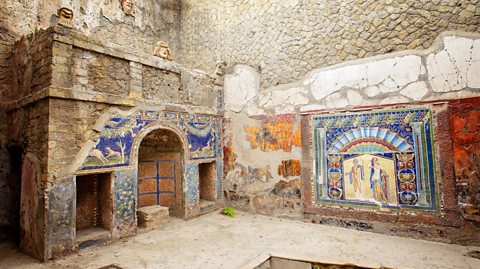
Herculaneum, Italy
At about midday on 24 August 79 AD, a catastrophic volcanic eruption of Mount Vesuvius, near Naples in Italy, famously buried the city of Pompeii under several metres of volcanic ash. When the city was rediscovered in the 16th Century, it appeared to be frozen in time as the ash had helped to preserve both buildings and the remains of those who perished.
But Pompeii wasnāt the only settlement to be impacted by the eruption. Just a few miles away was the city of Herculaneum, home to around 4,000 to 5,000 inhabitants. Named after the Greek mythological hero Hercules, it was a popular coastal resort for the wealthy, with the largest of the villas (now known as the Villa of the Papyri) thought to have been owned by Julius Caesarās father-in-law, Lucius Calpurnius Piso Caesoninus.
In some ways, Herculaneum is actually a better preserved ruin than Pompeii. The city was covered in a torrent of A current of hot gas and rock that flows downhill at high speed., followed by heavy mud over 15 metres (49 feet) deep. This created the perfect conditions for not just durable items to survive, but also those made of organic materials, such as food, textiles and wood.
Herculaneum was rediscovered by accident in 1783, when well-diggers stumbled across remnants of the ancient theatre. Excavations of the Villa of the Papyri took place between 1750 and 1765 on the orders of King Charles VII of Naples, and the team uncovered approximately 1,800 papyrus scrolls - hence the name. This is thought to be the only surviving library of the period.
Initially, the relatively low number of bodies discovered led historians to believe that a greater number of Herculaneumās population had been able to escape to Naples in comparison to Pompeii. However, the discovery of around 300 skeletons close to the ancient shoreline in the 1980s suggests that people had instead attempted to escape via the sea, but had not been successful.

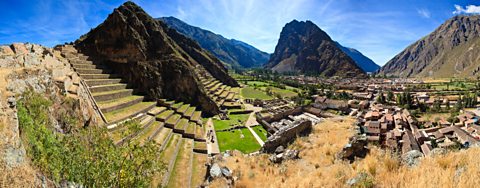
Ollantaytambo, Peru
En route to Machu Picchu, the 15th Century Incan citadel in Peru, it is possible to stop off at the fortress and ceremonial centre, Ollantaytambo.
Built on the orders of Emperor Pachacuti in the mid-15th Century, the site doubled as a temple and a military fortress to maintain Incan control over the local people. Situated 2,800 metres (9186 feet) above sea level, on the top of a hill with views of the Sacred Valley, it was constructed using huge stones quarried about 4 miles (6 km) away. Transporting them across such steep terrain was an engineering feat, and the highly polished stones appear to have borne little damage in the process.
One of the most intriguing aspects of Ollantaytambo is the aqueduct system, which made use of the existing underground water in the area and is still functional today. This water system fed a number of decorated fountains, carved out of rock, as well as channels which ran through the straight streets.
It was to Ollantaytambo that the Incan ruler Manco Inca retreated following his defeat to the Spanish conquistadors (invaders). From the fortress, he was able to mount a defence in 1536 against the Spanish, led by Hernando Pizarro, flooding the plains below using the pre-existing water system and depriving the Spanish of the use of their horses. However, the Spanish would later return with reinforcements and Ollantaytambo was eventually abandoned and left to ruin.
This article was published in July 2023
Looking for Atlantis? Five underwater cities from around the world
Dive below the surface and explore these incredible submerged communities.
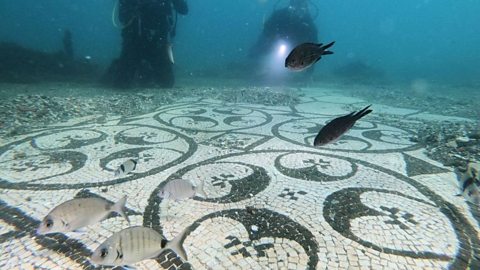
The Seven Wonders of the World quiz
From the ancient to the modern, how much do you know about these famous landmarks?
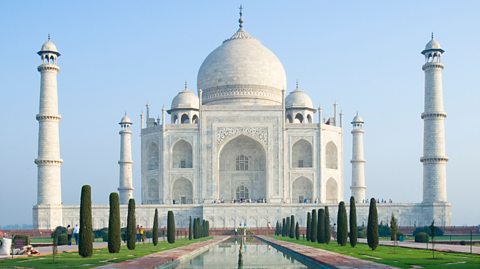
Quiz: How well do you know your Greek myths?
Test yourself on Achilles, Pandora, Poseidon and more!
